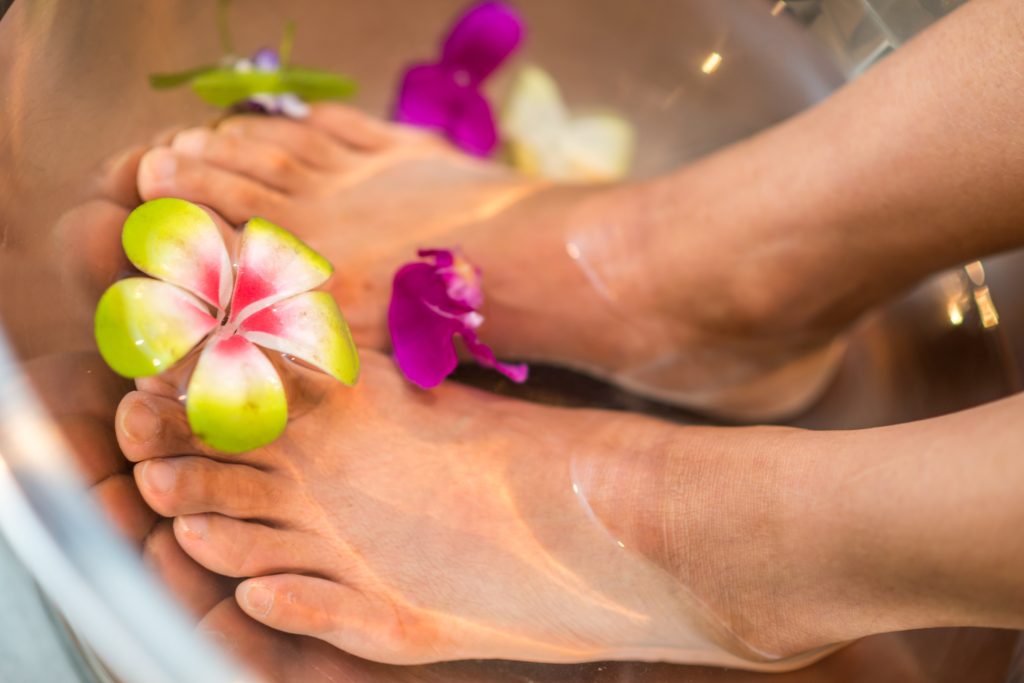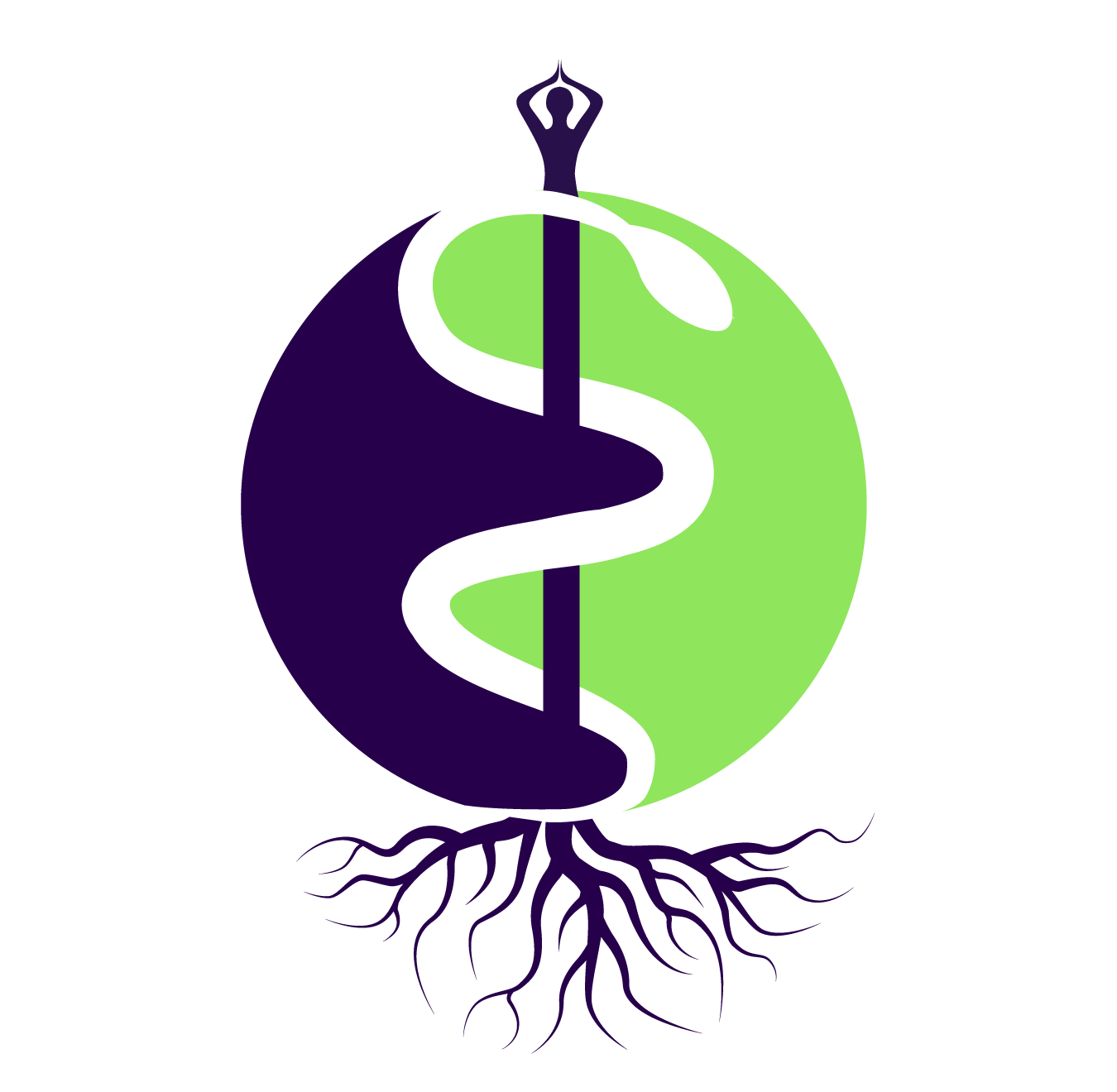Originally published in March, 2019

In honor of Women’s History Month, celebrated each year in March, here are a few ways that reflexology has been shown to promote wellness through all stages of life. While this article is focused on Women’s health, MVL welcomes people of all genders and gender identities. Life is a complex series of triumphs and struggles, and it is our goal to help all those who come to us, regardless of who they are.
Reflexology is the art and science of applying pressure to specific areas of the feet, hands, and ears to produce an effect in other connected parts of the body. It is a gentle, nurturing technique, creating an overall sense of ease so you can thrive regardless of life’s challenges.
Spring– Many women are taught from the time they are teenagers to put up with cramps, back pain, headaches, nausea, etc., which come before and during their menstrual cycles. Reflexology is a powerful ally in healthy hormonal balance and pain relief. The first reflexology study ever published in a major US medical journal, “Randomized controlled study of premenstrual symptoms treated with ear, hand, and foot reflexology,” was published in Obstetrics and gynecology in 1993. The study involved a control group (those who did not receive reflexology), a group that received true reflexology, and a group that received placebo reflexology. Those who received true reflexology demonstrated a significantly greater decrease in premenstrual syndrome (PMS) symptoms than the control or placebo groups, supporting the use of foot, hand, and ear reflexology as an effective method for dealing with PMS symptoms.
I believe reflexology is a powerful tool that helps with PMS symptoms, and, after studying with one of the researchers who authored the previously mentioned study, I am looking forward to sharing these techniques with the local community.
Summer– In her book, Gentle Birth Method, obstetrician Dr. Gowri Motha makes the assertion, “Reflexology is very safe in pregnancy, and is instrumental in helping 45.5 percent of my mothers give birth at optimum gestation of 40 weeks” (40). She goes on to describe reflexology’s benefits during pregnancy and it is useful for normalizing blood pressure, reducing foot and ankle swelling, improving sleep quality, and helping the body ease into the birthing process. Reflexology can also be a valuable practice to incorporate into your postpartum routine as your body, mind, and lifestyle adjust to welcoming your newest family member(s).
Autumn– At MVL, just as we recognize that there is another way to manage pain, there is also another way to age gracefully and maintain a healthy, active lifestyle. Just as young women are told to “deal with it” when it comes to PMS, as women age they are told to “just deal” with changes that take place during menopause, or be treated with hormonal therapies that can be beneficial but may also have unintended side effects. Studies support reflexology as a means of helping regulate disordered sleeping and managing the hot flashes and psychological symptoms that accompany menopause for some women.
Far too often the stages in a woman’s life are treated as pathologies rather than rites of passage, or natural occurrences. While they can be uncomfortable or even painful, our bodies do know how to balance themselves. Reflexology is a non-invasive way to boost the body’s own capacity to thrive throughout:
- PMS
- Pregnancy
- Postpartum adjustments
- Life’s everyday aches and pains
- Chronic pain or illness
- Anxiety
- Depression
- Joyful aging with an active lifestyle
- Menopause
At MVL, we strive to find personalized solutions to ensure everyone receives the care that is best suited to their needs. While the concerns above are common, our approach is individualized. We listen and work with you to meet your goals of relaxation, rehabilitation, and relief.
Work Cited:
Motha, Gowri and Karen Swan MacLeod. “The Gentle Birth Method Treatments.” Gentle Birth Method. Thorsons, 2004, pp. 40.
